
You could think of your body as having a built-in bodyweight thermostat. You might have your weight set at, say, 130 pounds. If you go above 135, your appetite automatically turns off until you get back to 130 pounds. If you go below 125 pounds, your appetite automatically turns on until you get back up to 130 pounds. There’s more at play here than just your appetite, but you get the idea: your body is automatically regulating your weight around a given “set point.”
When you’re bulking up, you’re fighting that set point. It’s trying to regulate your bodyweight back down. It’s trying to eliminate all the progress you’ve made.
So how do we get your set point to 150, 180 or even 200 pounds? Is that even possible? That’s what this article is about.





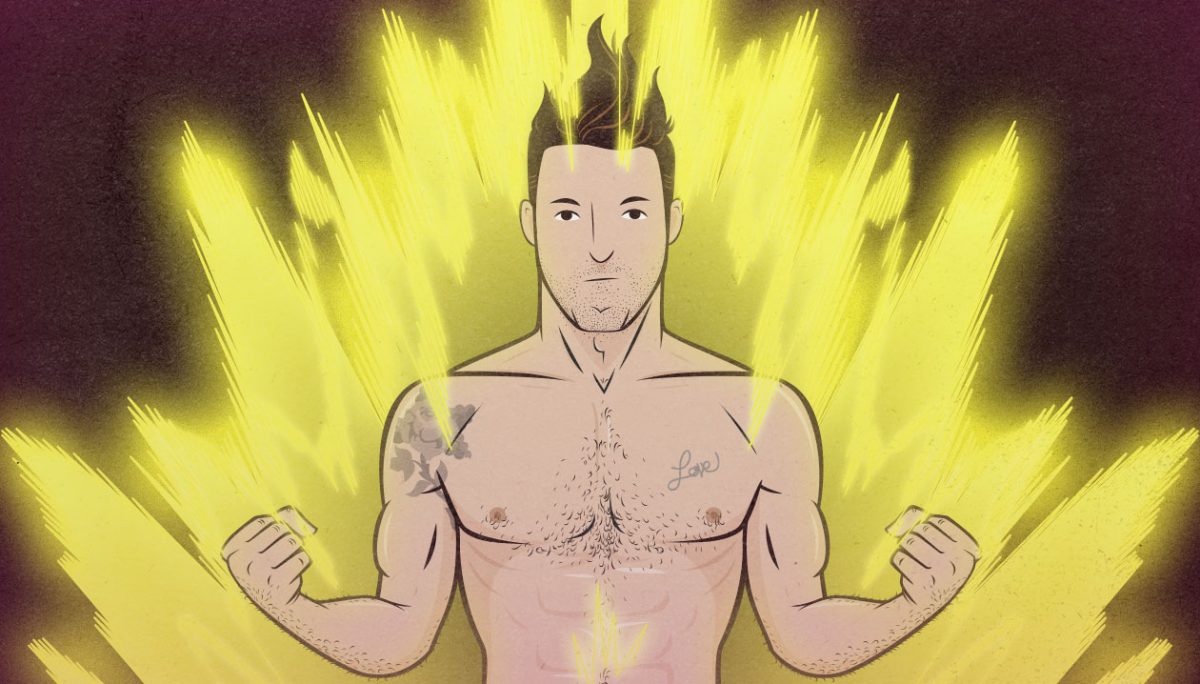
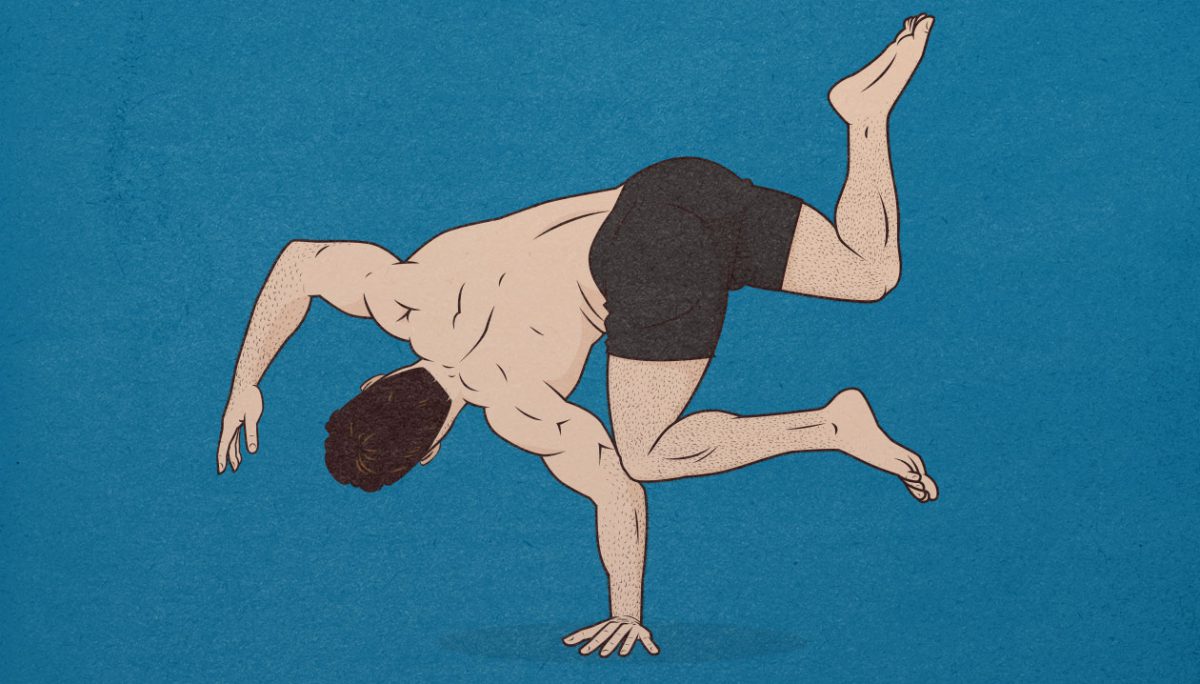
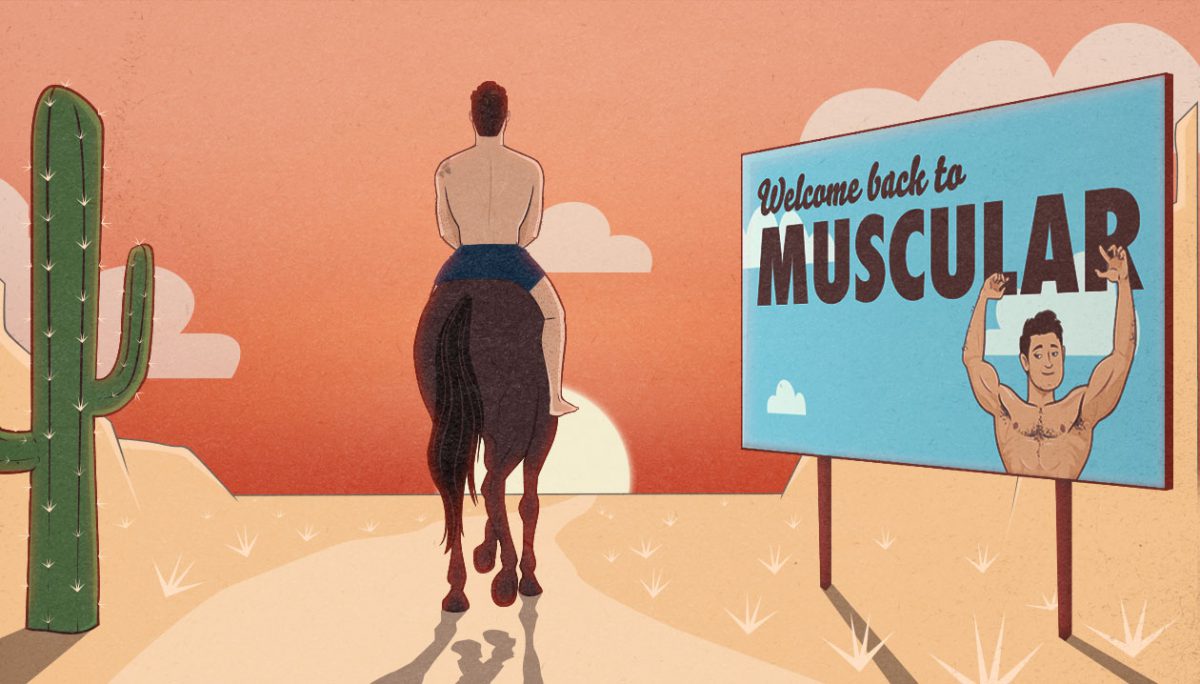
You’re at a dinner party and you’ve just finished telling your uncle how you started going to the gym, got all kinds of sick gains, and then how you lost them all when school intensified and you just couldn’t keep it up.
He retorts, “Max, you just need to get back on the horse.” Uncle, this is actually sound advice and we will listen, but there are some things you need to know. Not everyone gets back on the horse the same way. Heroin overdoses tend to happen more frequently in users who are newly clean because they forget that their body does not have the same tolerance anymore. If you haven’t lifted weights in a while and you attempt the same workouts you once bullied in the gym, you may find yourself on the wrong side of the bullying.
You may also be surprised at how little it takes to rebuild muscle, or how quickly you can do it.
Inside this article we’ll be discussing a quick and safe way to return to the gym and the skillset needed to make you a landmark in your own fitness world.
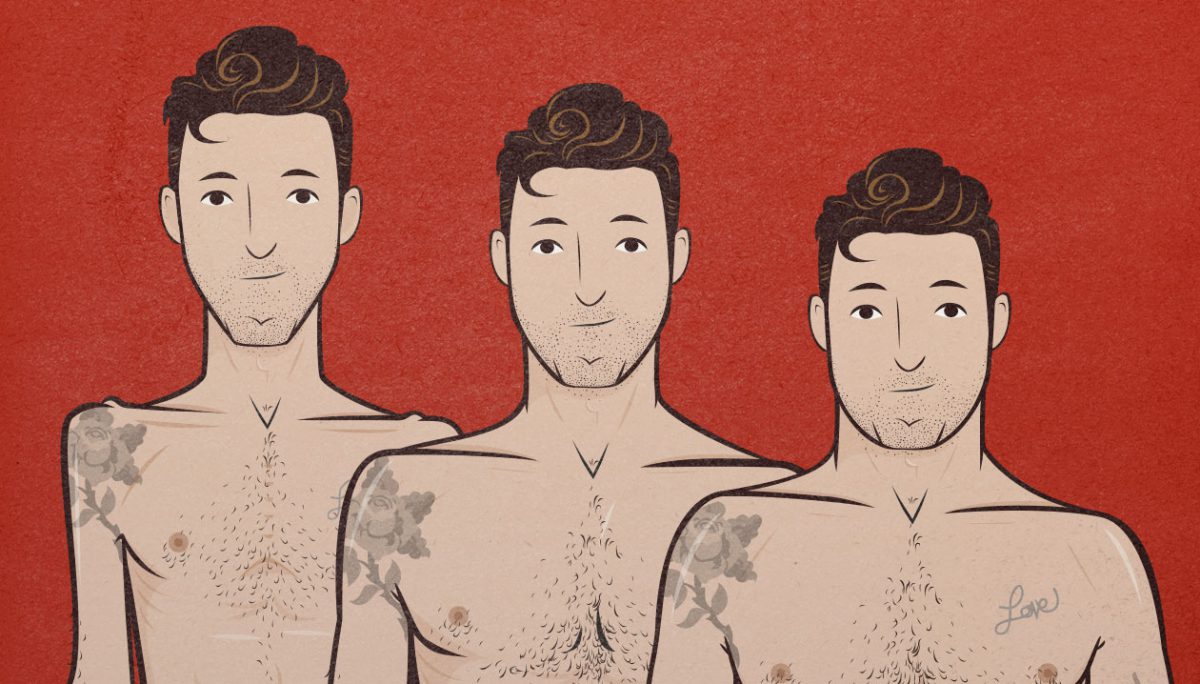
There’s a theory that guys can be sorted into 3 distinct body type categories: endomorphs, mesomorphs and ectomorphs.
Is that true?
Different people do have different heights and bone structures. That’s a fairly uncontroversial fact. What’s far more interesting is how these traits can combine together to form groups of guys who respond to exercise and diets in fairly different ways.
For example, people don’t grow proportionally. Our limbs grow longer faster than they grow thicker. So shorter guys tend to be thicker, taller guys tend to be thinner. Then consider that being a heavier person causes your body to develop thicker bones to support the extra weight, and that having thicker bones allows you to build more muscle mass. So you have shorter, stockier guys who can build more muscle more easily than taller, skinnier guys. Then factor in that these naturally skinny guys need to expend more energy to move their longer limbs, but because they aren’t as wide, they also have proportionally smaller stomachs.
We already have 2 archetypes that require totally different approaches to exercise and nutrition, and we haven’t even covered half of the reasons why.

It’s always pretty entertaining reading articles meant for skinny guys looking for information on how to gain weight that are written by well-meaning but naturally muscular or obese writers.
They just don’t get how tough it is for us skinny guys to gain weight.
It’s like an obese person taking weight loss advice from someone who’s naturally skinny. The skinny guy would confidently say, “Well, yeah, just stop eating. It’s easy. I do it all the time.”
It took me years to realize how much of the mainstream fitness information is really weight loss information in disguise. It took me even longer to figure out how to convert all of it into information that we can use. And longer still to break it down into 5 simple concepts.
This information is hard to find, evidence-based, and if you put it into action, it will radically change your life. Just like it did for the thousands of members in our program.


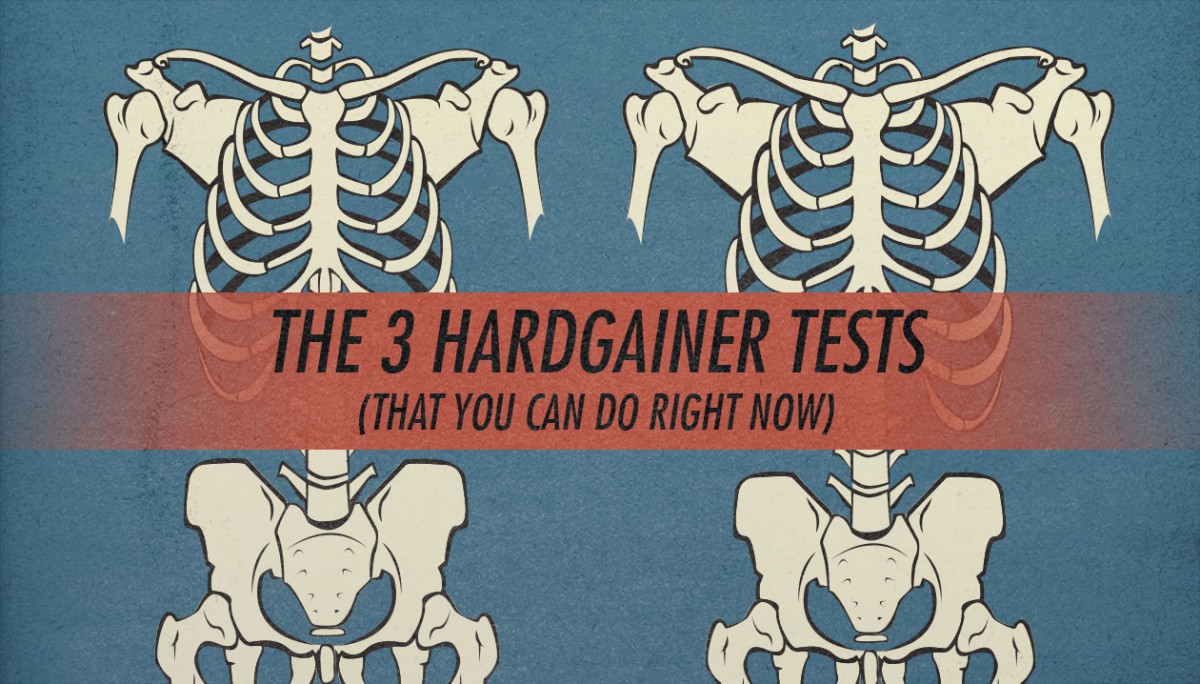

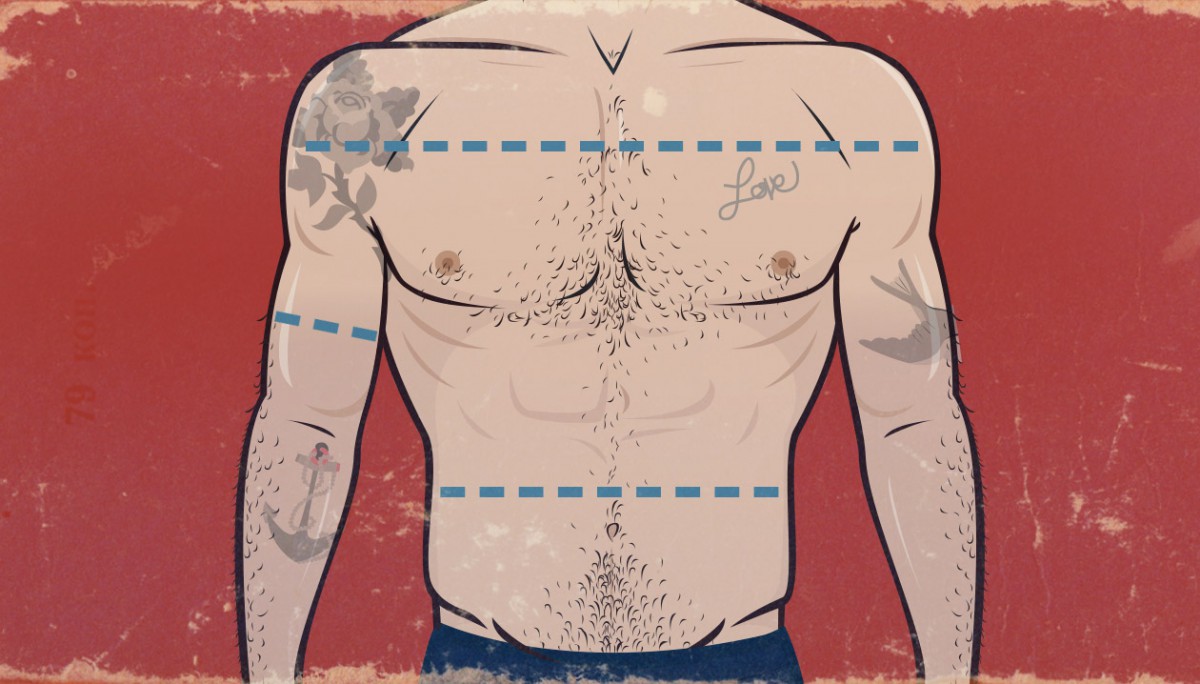

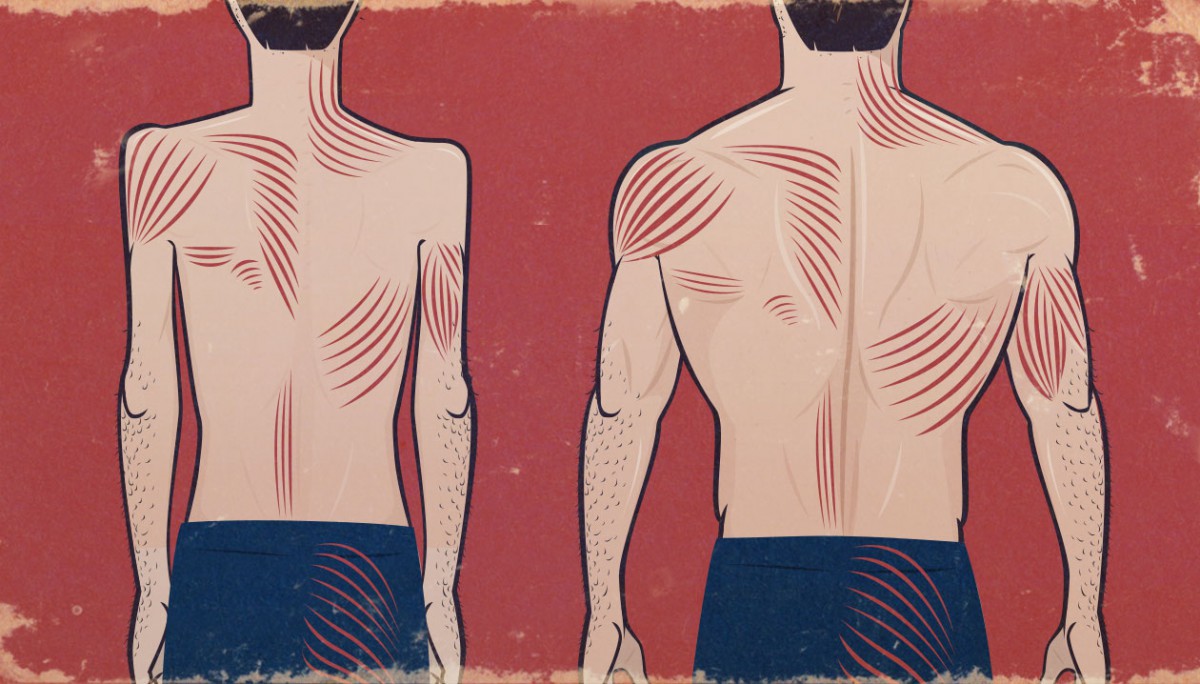
One of the most common questions we get asked is, “What exercise is best to grow my small chest (or arms, shoulders, abs, etc)?” It’s a surprisingly large question, since there are so many things to consider. There are a ton of studies looking into the best exercises for activating certain muscle groups, but that’s just the tip of the iceberg.
So we’ve put together a guide showing you the best exercises for each muscle group. These exercises represent your best chance of safely building muscle as rapidly as possible for your experience level. We’ve selected these exercises based on a few factors: muscle activation, efficiency, learning curve, risk:reward ratio, etc.
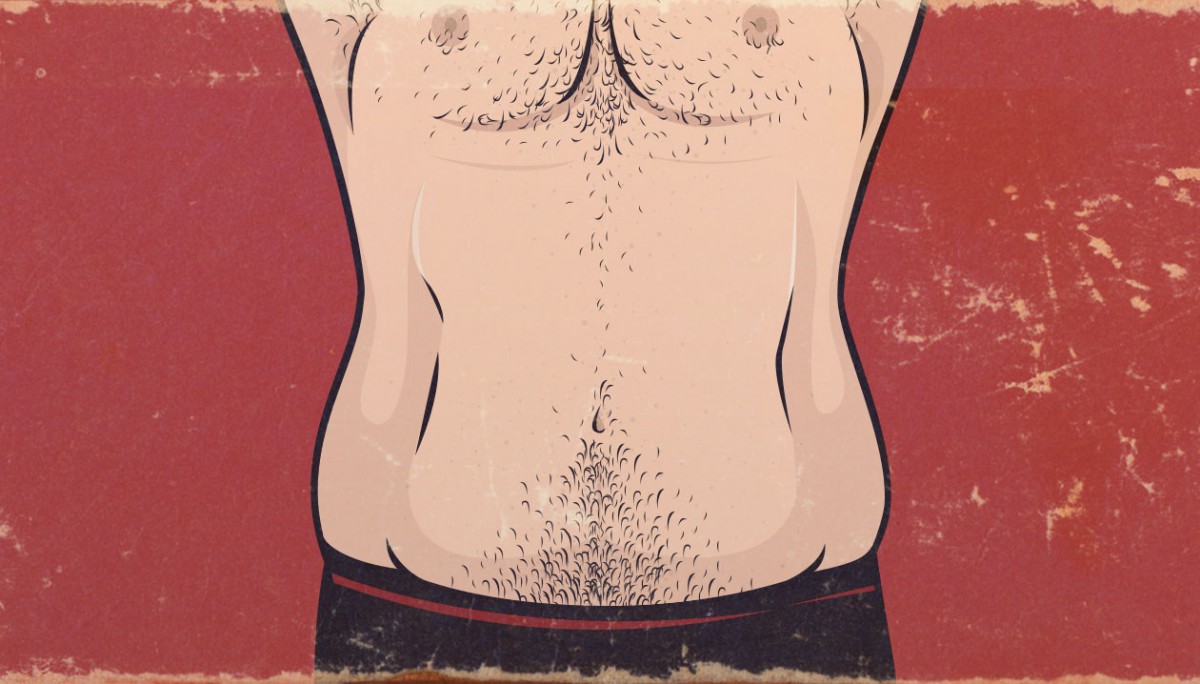
Skinny-fat is when you’ve got over 20% bodyfat but look skinny in a t-shirt. When instead of your shirt hanging off your pecs, it’s puffed out by your gut. This is is a frustrating situation to be in because the advice the typical skinny-guy hears is to avoid cardio, lift and eat more; whereas the typical chubby-guy is told to do plenty of cardio, lift and eat less.
…But it feels like whenever you eat more you just get chubbier, and whenever you eat less you just get skinnier. In the past I’ve “bulked” myself into having a love-handly gut, and I’ve lost all the muscle I gained from the bulk when trying to get rid of that gut. Not a good cycle to get caught in. As far as my physique went, I don’t think I’ve ever struggled with anything quite so confusing and frustrating. To make things even more infuriating, if you’ve tried to lose fat while building muscle… then you know all too well that that’s the least effective advice of all.
At that point, feeling let down by classic advice, most of us desperately turn to novelty advice: eating like a caveman, avoiding carbs (or even going ketogenic), doing some sort of extreme sport routine (like CrossFit), or eating 100% “clean” (whatever clean means), etc. I’ve been down that road as well, because it seems like somebody finally, finally has the solution. But after a few months of having sky-high energy levels (because your body is pumping you full of energizing stress hormones), you realize that you’re exactly where you started except now you have a bunch of food phobias, your grocery bill is twice as high, and you can’t eat at a normal restaurant anymore.
We’re going to cover why you’re skinny-fat, and then how to become strong and lean. This approach isn’t novel—there’s nothing revolutionary in this article, and your doctor would likely agree with all of it. However, because it’s thorough and evidence-based it’ll actually work.
Curious?

Updated January 4th, 2016. Maybe you know that skinny guy who gets totally amped up to gain some weight and build muscle. He’s tried and given up in the past, but blames his failure on not trying hard enough—on not having enough motivation. He starts off strong: hitting the gym 5 times a week, eating 100% clean (whatever that means to them), and spending hundreds of dollars on bizarro supplements that he read about on the Internet that even the supplement salesman is confused by.
A few weeks go by and after sacrificing so much in their life: time, energy, money… the scale hasn’t really budged. Or maybe his weight even dropped because they cut out the easy calories they were getting from junk foods.
Feeling disappointed and burnt out, he slowly stops going to the gym and throws in the towel.
Why does this keep happening? Some people might say that he didn’t have the grit or willpower to tough it out. But honestly, this guy has incredible willpower and motivation—that’s a brutal routine that many professional fitness models couldn’t even keep up. That isn’t the problem. Anyone with that routine will either reach capacity and burn out, or switch their energy to something else—something new and exciting (new job, holidays, new relationship)… and then there’s no room left for the crazy muscle-building routine.
I’ve been that guy too many times to count. (And not just with building muscle, either.)
Us skinny guys aren’t even having a hard time building muscle because we’ve got bad genes, although that was an excuse I once used. No, us skinny guys are actually pretty great at building muscle! In the b2B program the average member will gain ten pounds in the first five weeks and twenty within the first three months. While this may sound crazy, especially if, like us, you’ve tried and failed in the past… these results line up well with what’s found in research. The largest and most thorough muscle-building genetics study found that skinny guys build muscle faster than anyone else (study). Some guys in the study added two inches to their arms and doubled their strength in just the first three months.
So why do so many of us skinny guys fail at building muscle over and over again?





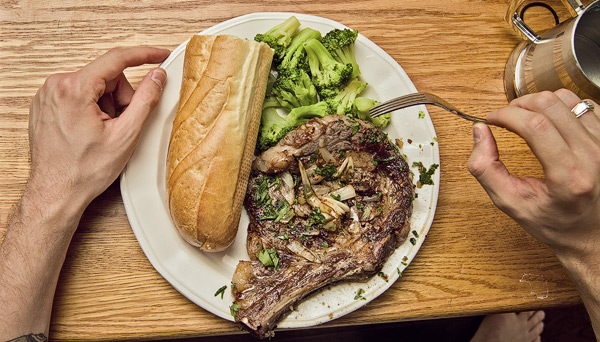
I had coffee a few weeks back with a good friend of mine from Montreal. I had just finished a couple months of the Bony to Beastly program, and I’d put on 20ish pounds of muscle since she last saw me. She was wowed by my progress and told me I looked a Hell of a lot stronger. My physical health was obviously not a problem, but she was worried that I was headed down the road to obsession. She knows that I barely train 3 hours per week, so there’s obviously no obsessive behaviour there. But she also knows that I’m extremely fascinated by the role that nutrition plays with fat loss, health and building muscle—especially for us ectomorphs. So, despite the fact that we had just finished pouring rum into our coffees, she was concerned that I was developing an obsession with eating healthy foods and only healthy foods.
The interesting thing is that eating healthy and only healthy foods can actually hinder your results. Many people struggle to build muscle, lose fat, love life, and accomplish their goals because they place too much emphasis on “healthy” eating. The true secret to becoming superhuman isn’t to eat superfoods, it’s to eat “Clark Kent” foods—everyday foods that will give you superhuman results.
Curious?




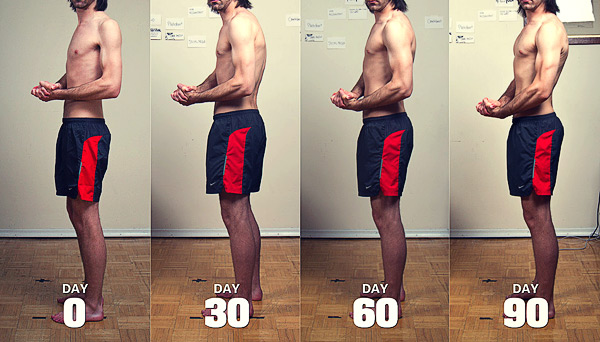
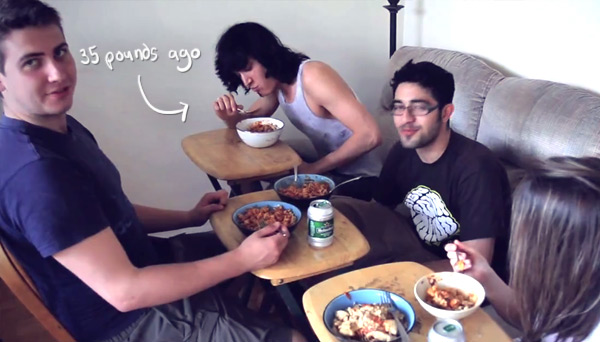

We’re going to write up a 5-part series debunking some common muscle-building/fitness industry myths, starting with the most scam-ridden body part of all—your abs. You already know that you need to lose fat to see your abs, so I’m not going to beat a dead horse. This myth is far more insidious, and besides, this blog is for ectomorphs, so typically the reason we don’t have kickass abs is that they just aren’t big enough. Most ectomorphs thus try to solve the problem by doing crunches (or sit-ups). Jared and I sure did. We did crunches, reverse crunches, sit-ups, ab circuits, myotatic crunches, weighted crunches, side crunches, that bicycle thing, rope crunches. We did a hell of a lot of shitty ab exercises. The problem is that we were training spinal flexion instead of stability. That’s the opposite of what you want in a powerful body. Not only that, we were damaging our thoracic spine with every rep.
What the hell are you talking about?! Let me explain.

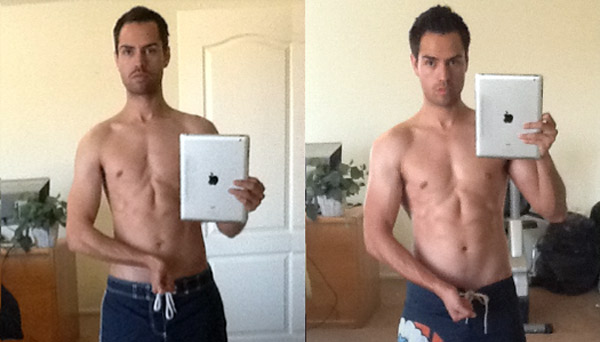



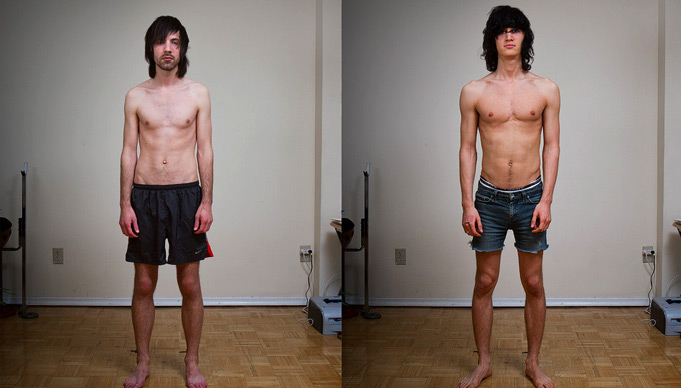

Original article and pictures take http://bonytobeastly.com/ site
Комментариев нет:
Отправить комментарий
Примечание. Отправлять комментарии могут только участники этого блога.